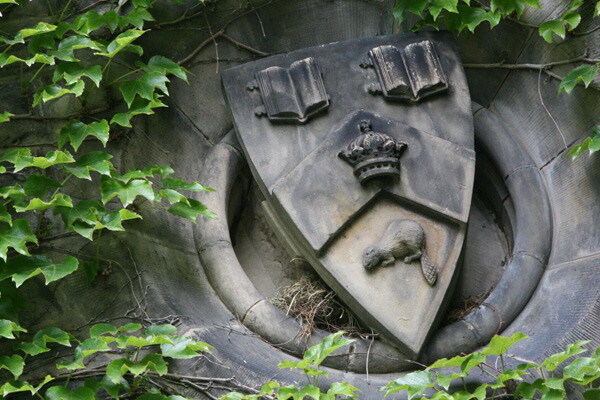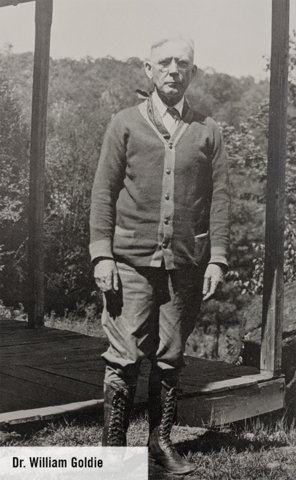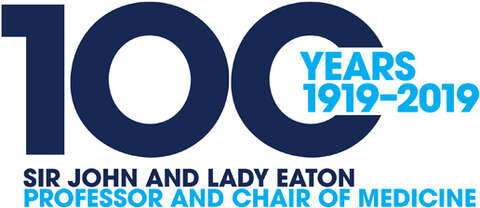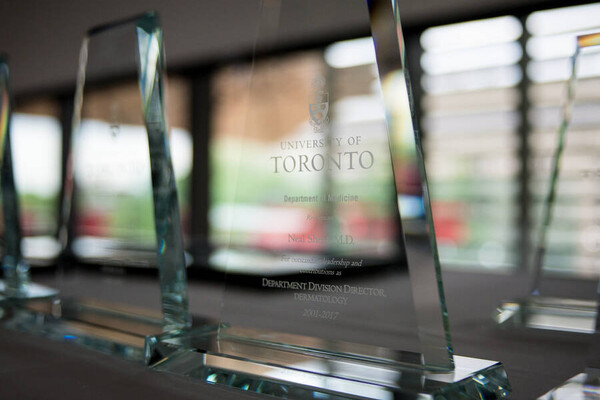Main Second Level Navigation
Dec 3, 2018
Chair's Column: Looking Back and Looking Forward: Celebrating 100 Years of Sir John and Lady Eaton’s Legacy
100 Years of the Sir John and Lady Eaton Professor and Chair of Medicine, About Us, Cardiology, Clinical Immunology & Allergy, Clinical Pharmacology & Toxicology, Division of Dermatology, Education, Emergency Medicine, Endocrinology & Metabolism, Faculty, Gastroenterology & Hepatology, General Internal Medicine, Geriatric Medicine, Hematology, Infectious Diseases, Medical Oncology, Nephrology, Neurology, Occupational Medicine, Physical Medicine & Rehabilitation, Quality & Innovation, Research, Respirology, Rheumatology, Palliative Medicine






